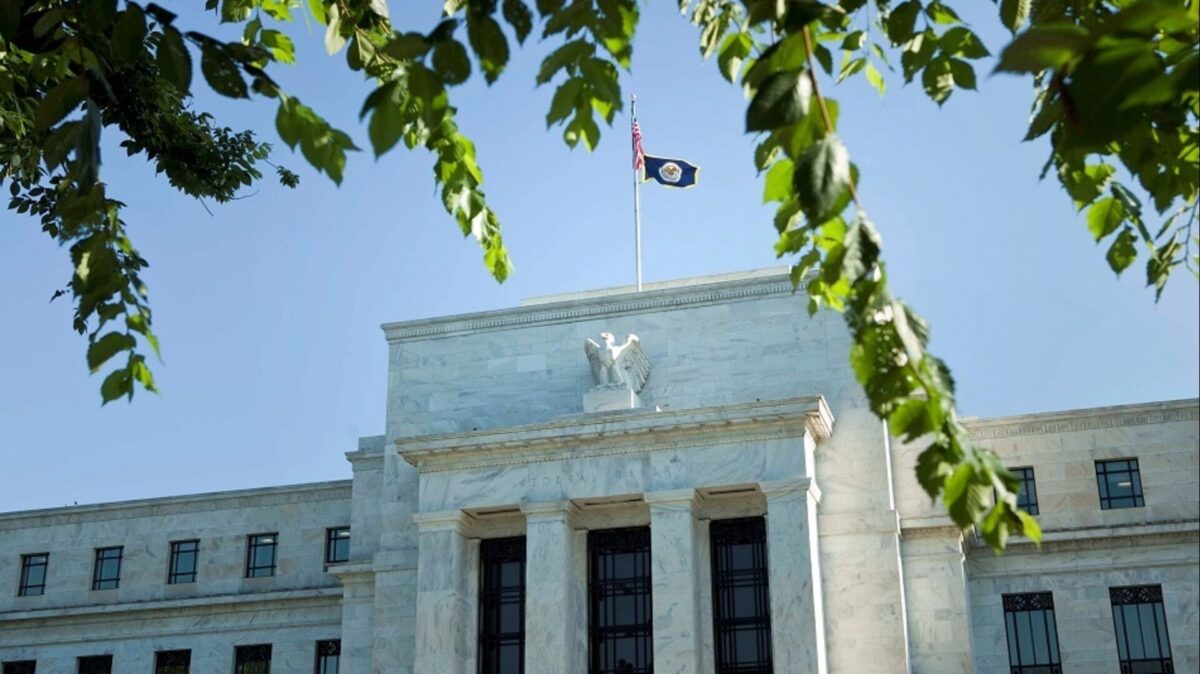In a whirlwind of global monetary decisions unfolding over 36 hours, the world braces for the impact of the US Federal Reserve’s determination to keep interest rates high. A series of central bank rate decisions, commencing with the Federal Reserve and concluding with the Bank of Japan, will significantly influence the economic tone for the remainder of the year.
Focus on Advanced-Economy Central Banks
With the US advocating for prolonged higher interest rates, advanced-economy central banks, accounting for six of the ten most-traded currencies, become the focus of attention. These central banks are expected to adapt to the expectation set by US officials in August, signaling that rates are likely to remain elevated for an extended duration.
Inflation Concerns Persist
Despite ongoing efforts, inflation remains a concern in various parts of the world. Rising crude oil prices add to inflationary pressures, prompting central banks to tread cautiously.
Resilience of the US Economy
The backdrop is characterized by weak demand from China impacting global trade and the emergence of a stagflationary scenario in Europe. Against this backdrop, the apparent resilience of the US economy stands out. The Federal Reserve may choose to maintain interest rates at their current levels but may hint at potential rate hikes later in the year.
Key Events Worldwide
US and Canada: The US will witness key releases, including housing starts data, initial jobless numbers, and the latest purchasing manager indexes for manufacturing and services. In Canada, rising gasoline prices could lead to higher headline inflation for August.
Asia: The Bank of Japan takes center stage, with attention on Governor Kazuo Ueda’s policy direction. China is expected to maintain prime lending rates, while central banks in the Philippines and Indonesia are likely to keep rates steady despite signs of inflation.
Europe, Middle East, Africa: A multitude of rate decisions are expected across the region. The Bank of England may announce a quarter-point hike, but opinions vary on the future path. The Swiss National Bank and Norges Bank could also implement rate hikes, potentially concluding their current tightening cycles. Sweden’s Riksbank remains concerned about inflation despite a weak economy.
Latin America: Brazil’s central bank may cut its key rate for the second consecutive meeting, while Mexico is not expected to ease rates until early 2024. Chile’s central bank could release minutes reflecting its recent rate cut.
Key Economic Data: Several countries will report important economic data, including GDP-proxy data, inflation reports, and GDP figures.
As these pivotal monetary decisions unfold, the global economic landscape may shift, affecting various regions and markets. Observers will closely monitor these events for their potential impact on the world economy.
What is the primary theme set by US officials regarding interest rates?
US officials have indicated that interest rates are likely to remain higher for an extended period.
Why are advanced-economy central banks receiving particular attention?
Advanced-economy central banks are important as they account for six of the ten most-traded currencies, and their decisions will influence global monetary policy.
Why is the US economy considered resilient in the current global economic backdrop?
Despite challenges in the global economy, the US economy is perceived as relatively resilient, which could lead to potential interest rate hikes.
What is the significance of the Bank of Japan’s policy direction?
Investors are closely watching for signals from the Bank of Japan regarding the future of negative interest rates.
Which countries are expected to maintain their interest rates despite signs of inflation?
Central banks in the Philippines and Indonesia are expected to keep rates steady despite signs of inflation.
